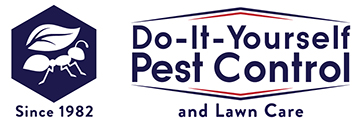Scorpion Control

Using Residual Insecticides and Residual Dust In Scorpion Control
After removing any outdoor scorpion hiding areas, like rocks, piles of rocks that are not necessary, use an encapsulated insecticide like Avesta CS or a wettable powder formulation like Demon WP. Spray a band around the structure (about 3-10 feet) and spray into potential harborage areas for scorpions. You may also use a dust like D-Fense or Drione Dust in attic areas, if you believe they may be present in the attic. You can use the UV tracker light to light up the presence of scorpions. It is best to use amber glasses when using the UV tracker light.
About Scorpions
Scorpions are arthropods classified as arachnids. They prefer dark spaces during the day, and come out to feed at night. There are 90 species of scorpions in North America and 1500 species of scorpions worldwide. Only 2 of the species in the United States, both found in the Southwest region, have been deemed dangerous to people. Children and the elderly can be affected more severely than typical healthy adults so it is wise to keep scorpions out of places where people dwell.
For most healthy adults, a scorpion sting feels like a bee or wasp sting with pain lasting for about 30 minutes. Scorpions are easily distinguished by their crablike appearance, pair of pincers, four pairs of legs, and long, segmented tail ending with an enlarged segment bearing a stinger. They can be yellow, blue, reddish-brown, or black in color. Although they have two eyes in the center of the head and usually two to five more along the margin on each side, they don't see well and depend on touch. Scorpions that hide under stones and other objects during the day tend to carry their stinger to one side, whereas burrowing scorpions hold their stinger up over their backs. They have an average lifespan of 3-5 years but some species can live up to 20 years.



















